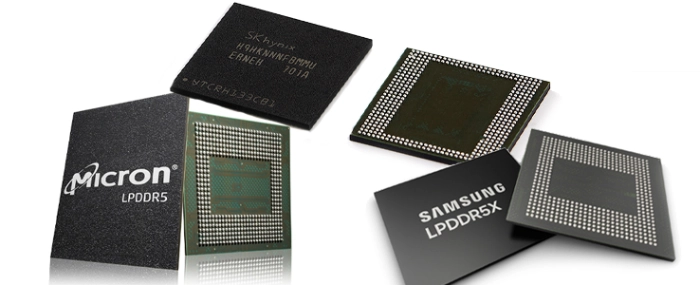
DRAM prices fall in 2025 amid weak demand and rising inventory
The fourth quarter is a critical period for setting DRAM contract prices. According to TrendForce's latest research, prices for mature DRAM processes such as DDR4 and LPDDR4X are already falling due to excess supply and dwindling demand.
The demand prognosis for advanced products such as DDR5 and LPDDR5X remains uncertain, and with large inventory levels among certain buyers and sellers, further price drops by the end of Q4 are not out of the question.
Avril Wu, TrendForce Senior Vice President of Research, explains in a press release that the company had a more optimistic outlook on DRAM prices in 2025 – driven by aggressive HBM capacity expansion by the top three suppliers, with new facilities expected to commence full production by 2026.
However, rapid changes in market dynamics have caused TrendForce to adjust its forecast, changing from an expected price increase to a projected reduction, with the first half of 2025 expected to witness the most significant drop. In this trend, DDR4 and LPDDR4X are expected to encounter greater downward pressure than DDR5 and LPDDR5X.
On the supply side, the weakening NAND Flash market, which is currently less profitable than DRAM, is expected to prompt some production lines to switch from NAND to DRAM. Furthermore, while HBM3e 12hi is expected to become widely adopted for AI applications by 2025, not all providers may obtain NVIDIA certification on time, raising the possibility that TSV capacity will be reallocated to conventional DRAM production.
Wu also highlights that the rapid capacity expansion by Chinese suppliers has positioned them as the largest source of DRAM production outside the top three global suppliers. In addition, a persistent decline in consumer electronics demand is predicted to further influence DRAM pricing in 2025. If manufacturers are unable to efficiently manage output levels, inventory clearing in the industry will likely slow down considerably.

